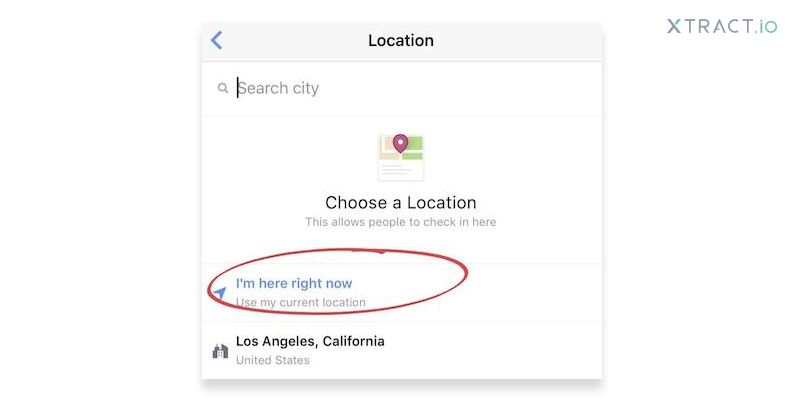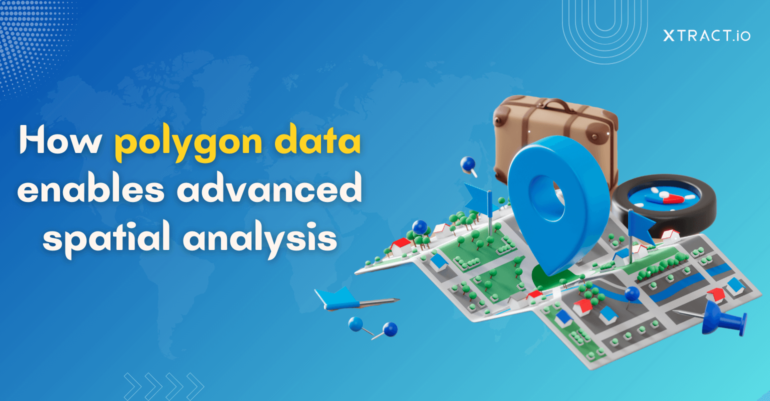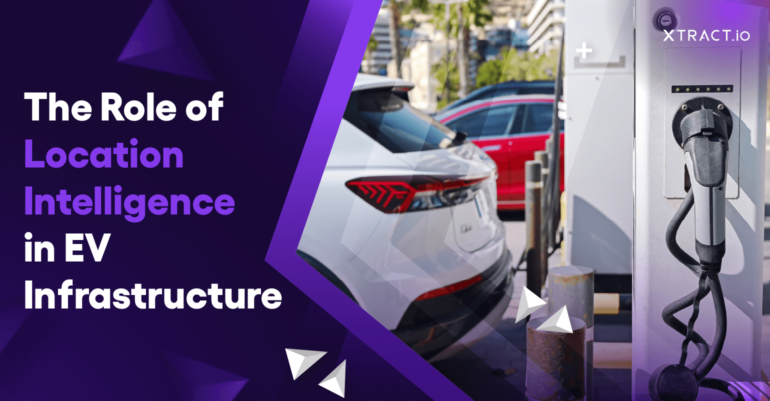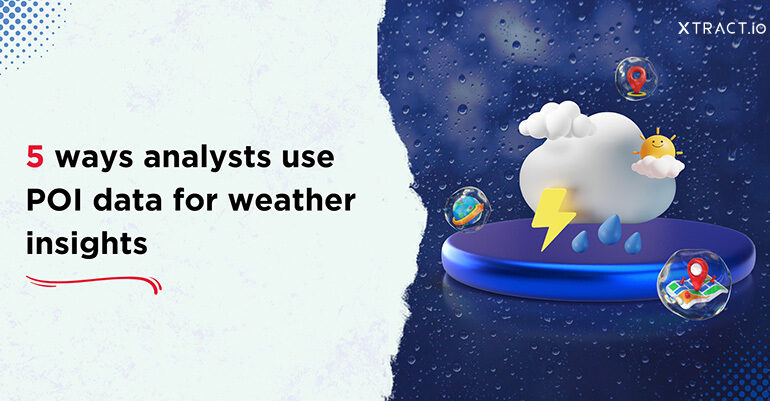More than 90% of corporate leaders, government agencies, and industrialists believe that location intelligence is vital for holistic urban development and business success. In the past few years, we’ve witnessed how location data helped improve retail sales, reduced delivery duration in the ecommerce industry, and eradicated fraudulent activities in the fintech sector. While these are a few examples, location data played an essential role in every sector you name – automotive, healthcare, retail, financial services, software, and technology companies.
The global location intelligence market is estimated to reach $50 billion by 2035, indicating that location technology will act as a driver of change. Let’s explore what’s in store for 2023 in location intelligence and how it will impact businesses worldwide.
Real-time data availability
Data is the foundation of location-based technology and is moving faster than ever before. 5G connectivity, rapid increase in bandwidth, and improved wireless frequencies have enabled businesses to fetch data more quickly and accurately. Social media platforms allow us to add location information, giving us deeper real-time insights. Similarly, real-time weather updates based on geographical location help us understand the ground scenarios better.

Last-mile and rapid delivery
24-48 hours delivery will soon be outdated when brands like BlinkIt in India, Getir in Turkey, and Instacart in the US are redefining rapid delivery. Post-pandemic, online shopping boomed, and businesses strive hard to meet consumer demands. For example, Blinkit delivers groceries in 10-15 mins, while apparel ecommerce platforms provide them within a few hours. All of this results from accurate location data that businesses succeed in leveraging to their advantage.
According to research, real-time location data enabled businesses in dynamic route planning and optimization, saving each driver 30 minutes daily in wayfinding. As a result, per-driver delivery increased from 4% to 7%. Poor, average-quality data can no longer make its path in the geospatial industry. Industries that predominately run on last-mile and rapid delivery verify addresses in advance to filter gaps and reduce the rate of unsuccessful deliveries by 70%. Xtract.io offers 95% accurate points-of-interest data that can help you visualize real-time locations miles away from the exact place.
If you are still unsure how location data can help you scale your business, let’s look at some astonishing statistics.
- The average online cart size for retail and ecommerce businesses boosted from 11% to 15%.
- The delivery and logistics businesses observed a drop in delivery expenses (from 5% to 11%) and a rise in client satisfaction (from 6% to 11%).
- The growing demand for unique customer experiences has pushed 42% of businesses to look for accurate third-party location intelligence providers.
Disaster management
The Covid-19 pandemic has given rise to multiple ways of utilizing location-based technology than ever before. Healthcare centers were formed based on geographical needs, isolated elders were provided with food and basic medical supplies, and the weather and local situation of a specific place of interest were identified via accurate maps and location information. Check out this interesting article on how location data helped during the Covid-19 pandemic.
Using location-based technologies such as interactive maps, location analytics, and GPS-based applications can help save lives and the environment. It can also reduce the economic loss that occurs as a result of natural disasters. In 2021, the loss amounted to 343 billion in the US. Therefore, geospatial data and its technologies are the future to safeguard the life of the people.
Electric vehicle connectivity
Global electric vehicle sales continue to increase enormously. Compared to 2021, EV sales increased by 62% in 2022. With this rise in pollution levels and other natural calamities, people have become closer to sustainability. EV vehicles are one such way to live a sustainable and environment-friendly lifestyle. EV vehicles run on electricity, making the location of the EV charging stations an essential factor to consider.
The precise location of EV charging stations through POI data helps businesses to track the number of EV charging points in the vicinity and strategize their route planning and optimization. Through this location information, the logistics industry can send alerts to drivers on the following charge point; the automotive sector can derive insights into the load consumption and capacity of the charging stations. Based on this information, existing stations can be optimized, and new ones can be positioned after a thorough site selection analysis. Xtract.io covers POI data of 1 million EV charging points in the US. Get the free sample now!
Indoor mapping
Wayfinding and indoor mapping have allowed businesses to enhance their marketing strategy and intelligence. The growing infrastructure introduced many multi-storeyed buildings such as shopping malls, airports, government buildings, auditoriums, music halls and theatres, plants and factories, and other general stores.
Location intelligence is vital in identifying a customer journey inside such buildings. Their visit hours, mobility trends, dwell time – all of this customer-centric information can be obtained by creating geofences and capturing their data. For example, if the footfall and dwell time in a vegan restaurant inside a center shopping is more compared to the adjacent junk food kiosk indicates that healthy eating is favoring the mall traffic. Similarly, businesses can derive more profound insights into passengers’ movement inside an airport based on their points of interest, including lounges, libraries, cafes, restrooms, etc. Thus, indoor mapping will bridge the gap between business owners and customers through location-driven unique experiences.

The growth of location intelligence is majorly due to the rise in internet and smartphone users, IoT-enabled devices, and online shoppers. The location of specific points of interest continues to be a central focal point for developing customer-driven strategies and running location-targeted marketing campaigns.
In 2023, we will see how businesses leverage the power of POI data to scale their business. Companies must take a geographic-driven business perspective to make strategic decisions. Xtract.io is a leading location data provider with 6M+ POIs across the globe. Download the free sample or contact us to boost your business.







